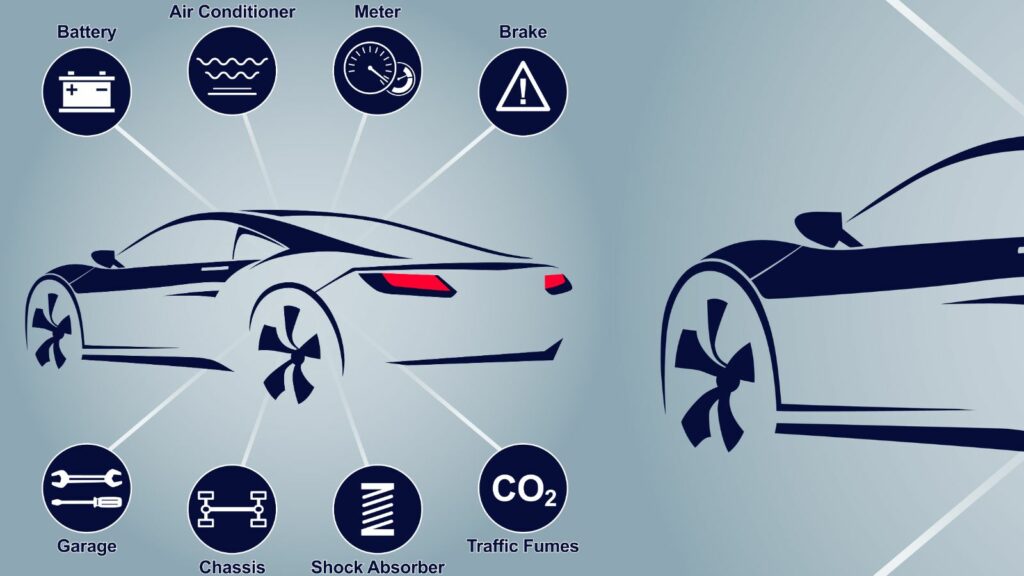Safety has always been a top priority in the automotive industry, but today’s vehicles are bristling with technology that would have seemed like science fiction just a few decades ago. Modern cars are increasingly becoming our guardians on the road, from high-tech sensors to artificial intelligence. As we look at 14 groundbreaking safety features shaping the future of driving, it’s clear that the journey toward safer roads is far from over.
Advanced Driver Assistance Systems (ADAS)

ADAS is the umbrella term for a wide array of electronic systems that assist drivers in controlling their vehicles. From adaptive cruise control to lane-keeping assist, these systems use sensors, cameras, and radar to monitor the vehicle’s surroundings and intervene if necessary. ADAS can prevent accidents by automatically adjusting speed, applying brakes, or steering to avoid collisions. The technology represents a significant leap toward autonomous driving, providing a safety net for human errors, which account for most road accidents.
Automatic Emergency Braking (AEB)
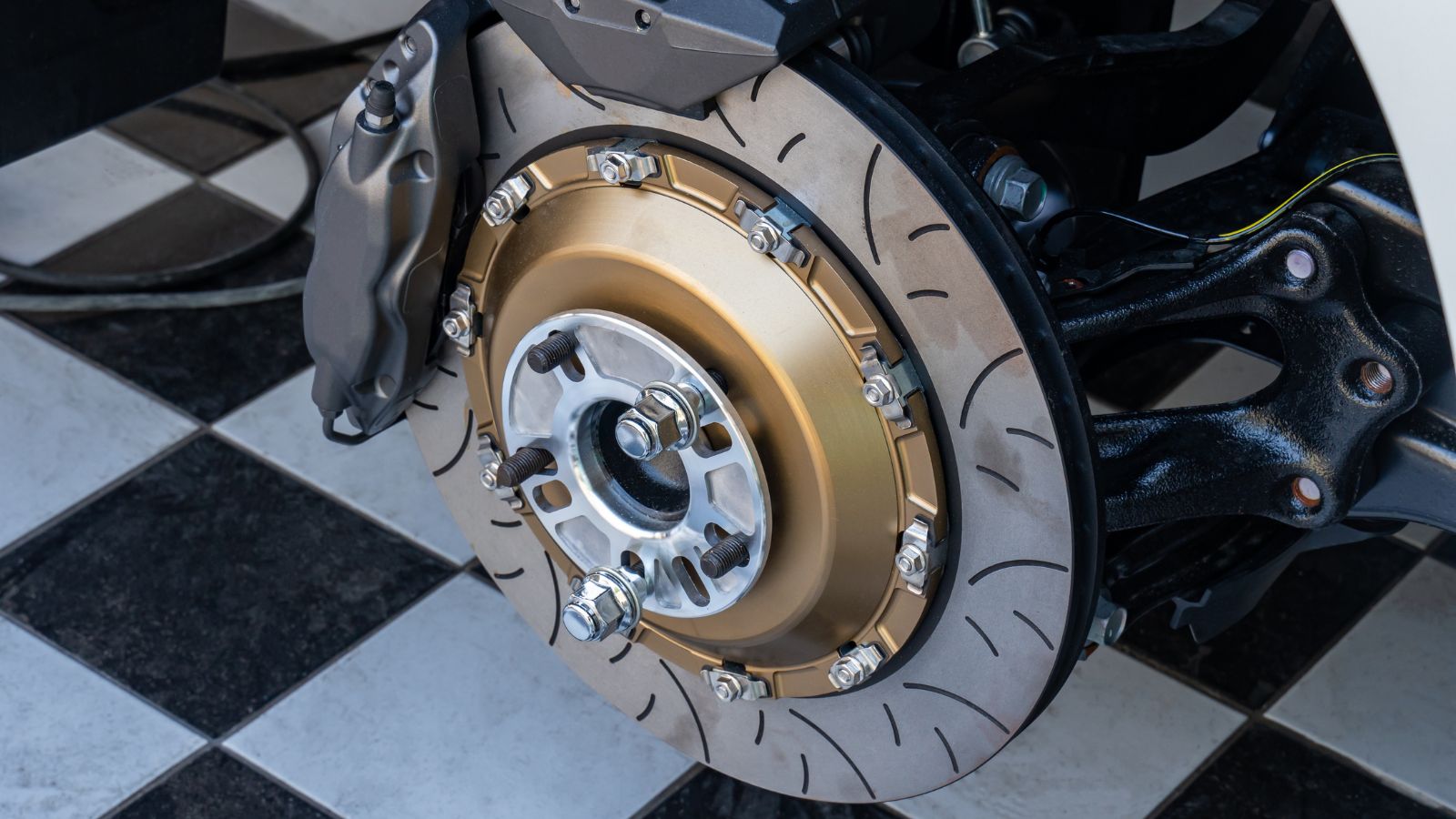
Automatic Emergency Braking is one of the most critical features under the ADAS umbrella. AEB systems detect an imminent collision with a vehicle, pedestrian, or obstacle and automatically apply the brakes if the driver doesn’t respond in time. Studies have shown that AEB can reduce rear-end collisions by up to 50%, making it one of the most effective safety technologies currently available. As AEB becomes more widespread, its impact on reducing traffic accidents could be monumental. Its effectiveness has prompted regulatory bodies in the U.S. and Europe to mandate AEB in all new cars by 2022, highlighting its importance in enhancing road safety.
Blind Spot Monitoring
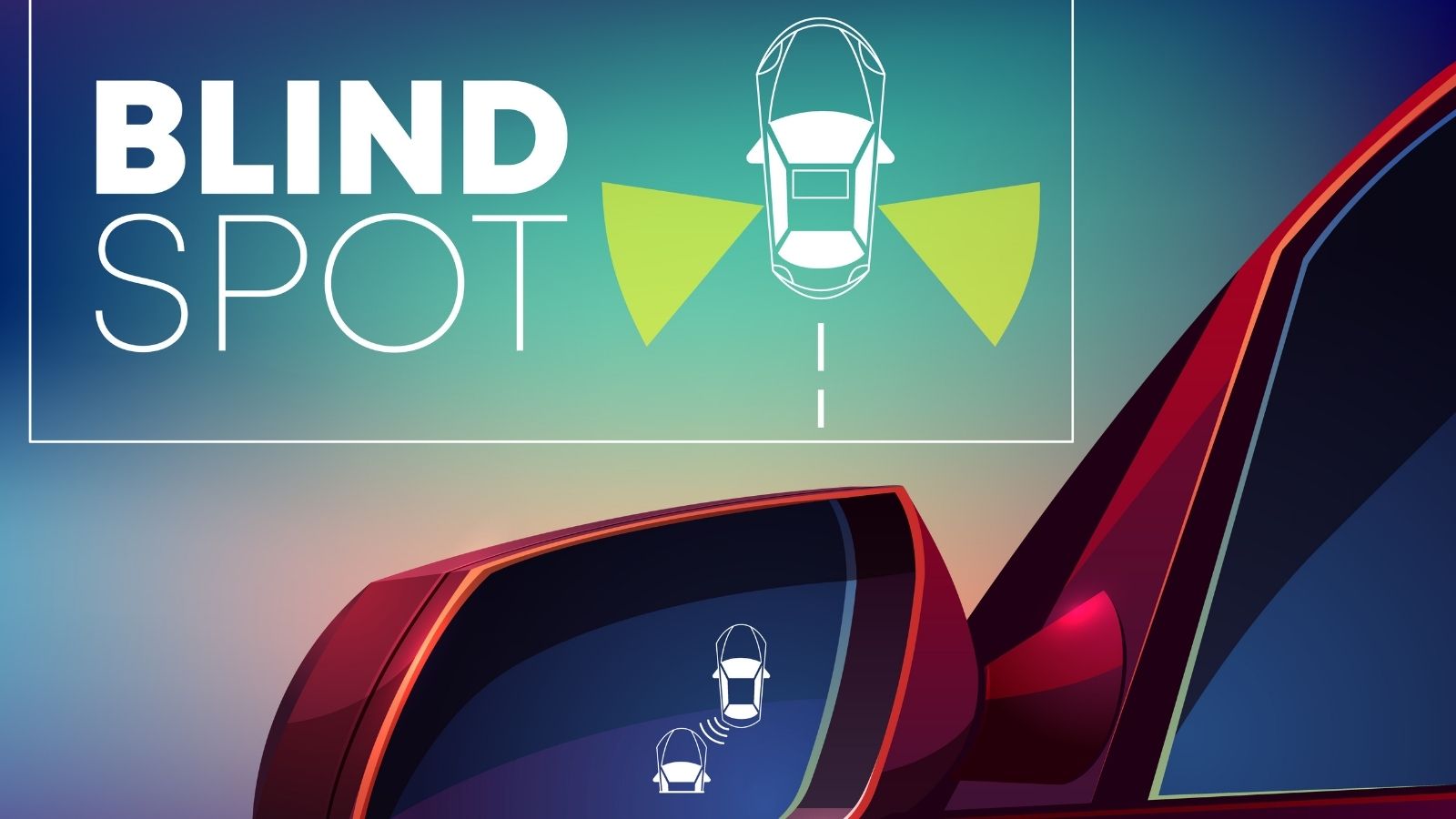
Blind spots have always been a dangerous aspect of driving, leading to countless side-swipe accidents. Blind Spot Monitoring (BSM) systems use sensors to identify vehicles in adjacent lanes that the driver might not see. The system alerts the driver when a vehicle enters the blind spot with visual or auditory signals. Some advanced systems even intervene by steering the car back into its lane if the driver attempts to change lanes with a vehicle in the blind spot. BSM significantly reduces the risk of collisions during lane changes, particularly on busy highways.
360-Degree Cameras
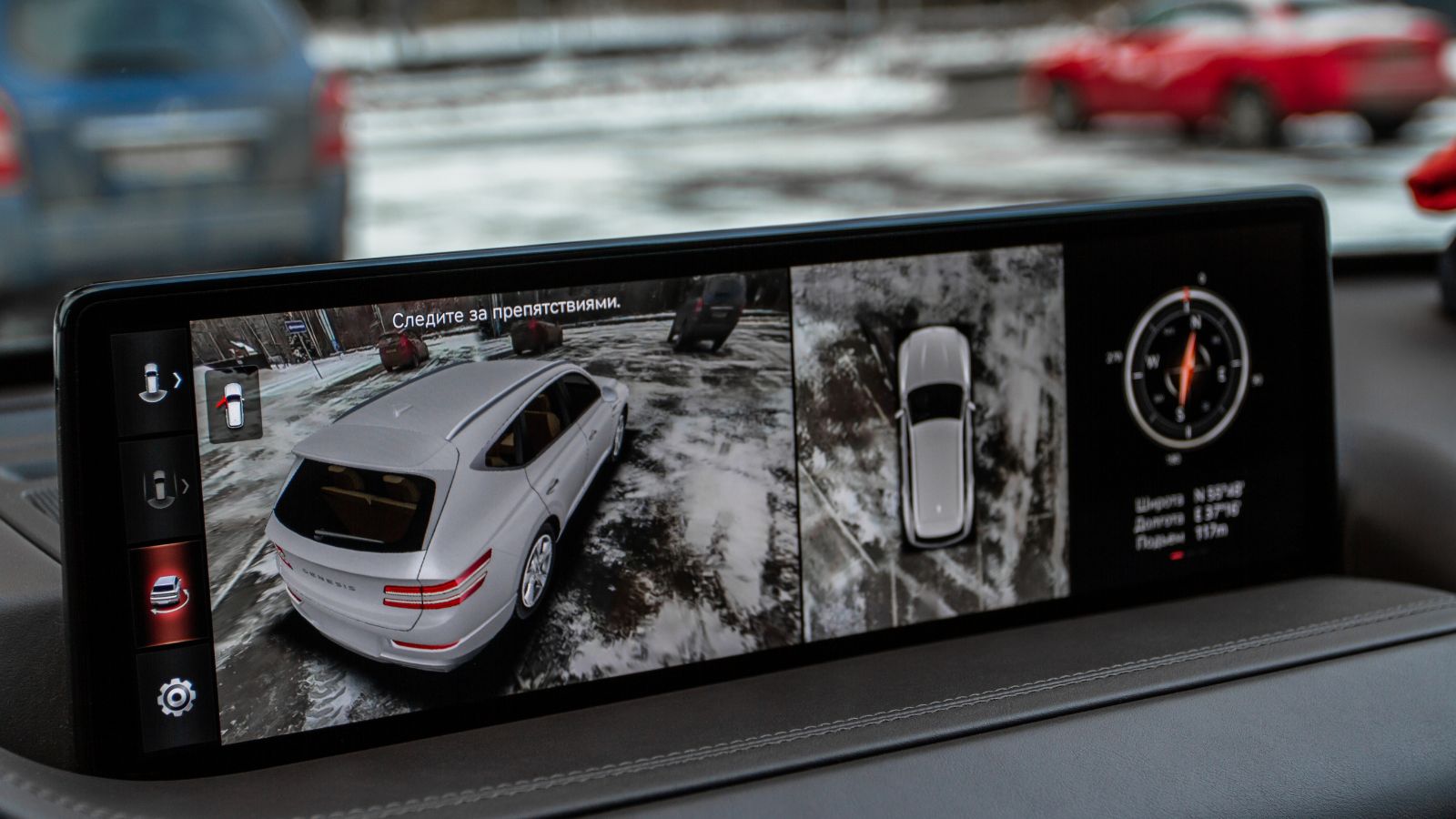
Parking and maneuvering in tight spaces can be challenging, especially in larger vehicles. The 360-degree camera system, also known as a surround-view camera, provides a bird’s-eye view of the car’s surroundings. By stitching together images from multiple cameras placed around the vehicle, this system helps drivers see obstacles that would otherwise be hidden. It’s a game-changer for avoiding minor collisions, making parking safer and less stressful. The 360-degree camera is also a precursor to fully autonomous parking systems.
Lane Departure Warning and Lane Keeping Assist
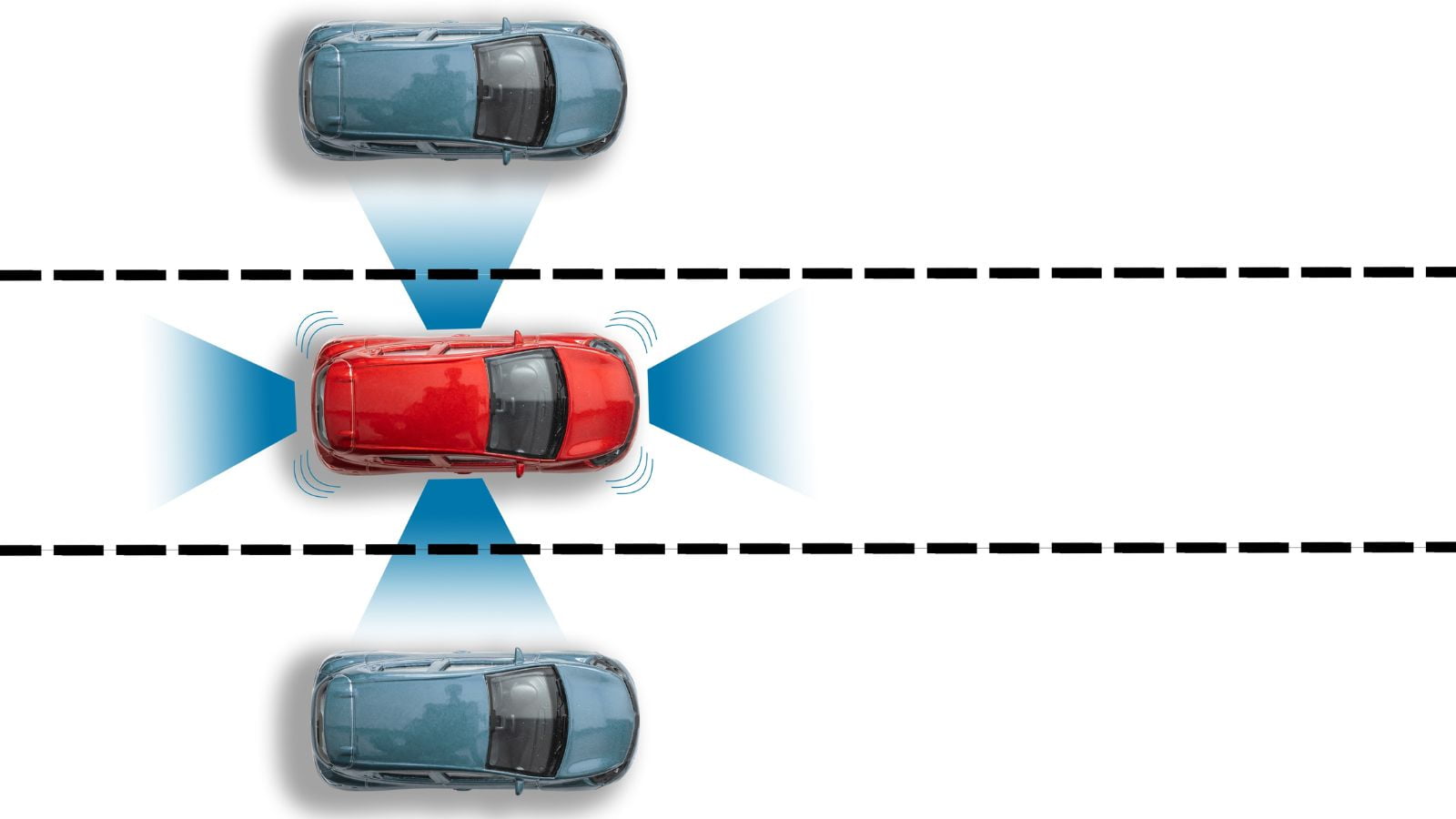
Lane Departure Warning (LDW) and Lane Keeping Assist (LKA) are designed to prevent unintended lane drifting, a common cause of highway accidents. LDW alerts the driver if the vehicle begins to leave its lane without signaling, while LKA takes it further by gently steering the car back into its lane. These features rely on cameras that track the lane markings on the road. Together, they provide an extra layer of protection against driver distraction and drowsiness, significantly reducing the risk of side-impact collisions.
Adaptive Headlights

Driving at night or in adverse weather conditions is risky due to reduced visibility. Adaptive headlights are a revolutionary technology that adjusts the direction and intensity of the headlights based on the vehicle’s speed, steering angle, and road conditions. For example, when the car turns a corner, the headlights pivot to illuminate the curve ahead. This improves night-time visibility and helps drivers spot obstacles, pedestrians, and other vehicles earlier, reducing the likelihood of accidents in low-light conditions.
Pedestrian Detection Systems

Pedestrian accidents, particularly in urban areas, remain a significant concern. Pedestrian Detection Systems use cameras and radar to identify people on or near the road. If the system detects a pedestrian in the vehicle’s path and determines that a collision is likely, it warns the driver and may even apply the brakes automatically. This technology is precious in preventing accidents in crowded city streets and residential areas where pedestrians may enter the road unexpectedly. As this technology evolves, it may soon be able to detect cyclists and animals as well.
Driver Monitoring Systems
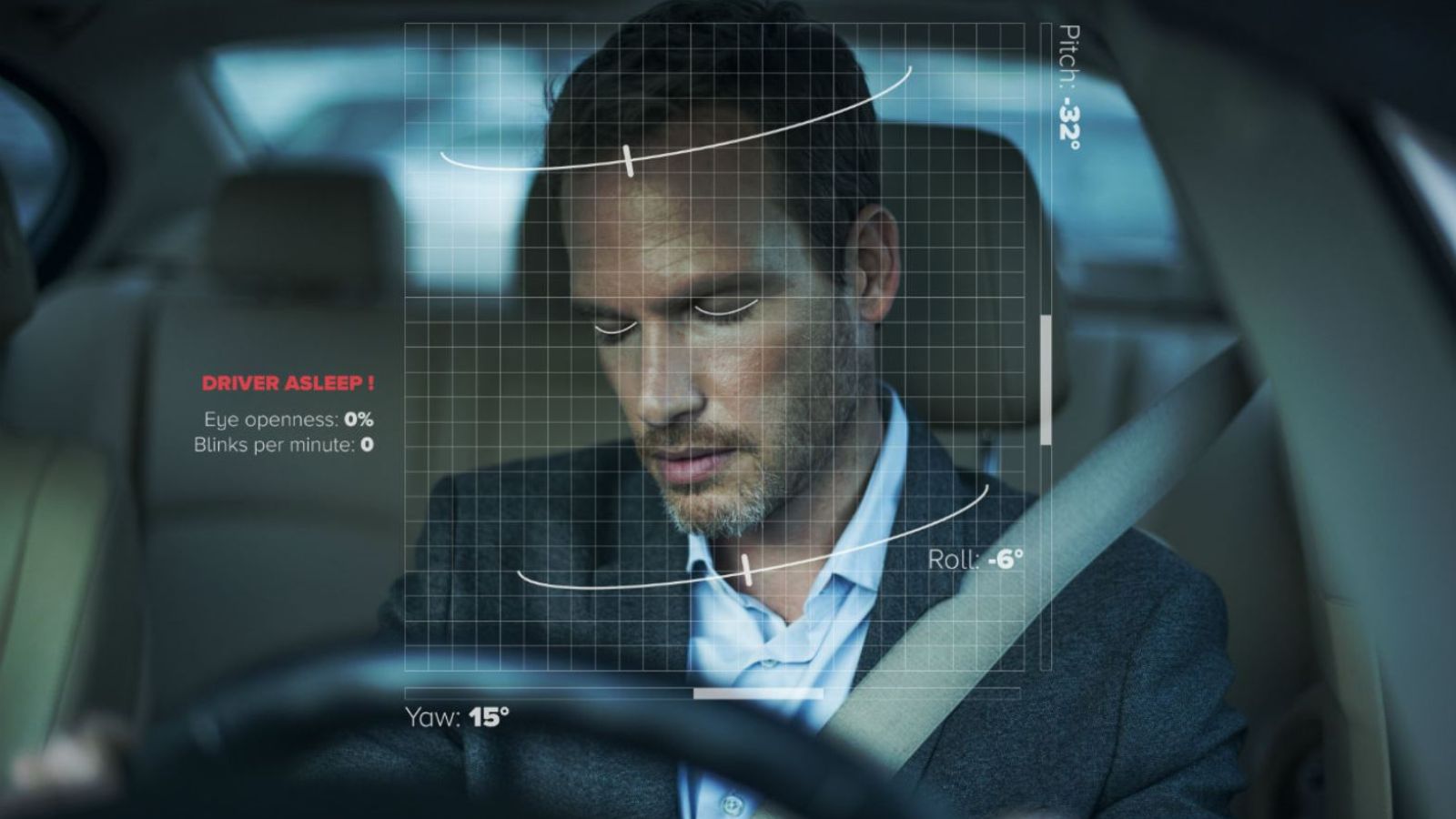
Distracted and drowsy driving are significant causes of road accidents. Driver Monitoring Systems (DMS) uses cameras and sensors to monitor the driver’s face and eye movements, detecting signs of fatigue or distraction. If the system detects that the driver is not paying attention to the road or falling asleep, it will issue an alert to regain focus. Some systems can even take corrective action, such as slowing down the vehicle or stopping it if the driver is unresponsive. As vehicles become more autonomous, DMS will play an essential role in driver safety.
Traffic Sign Recognition
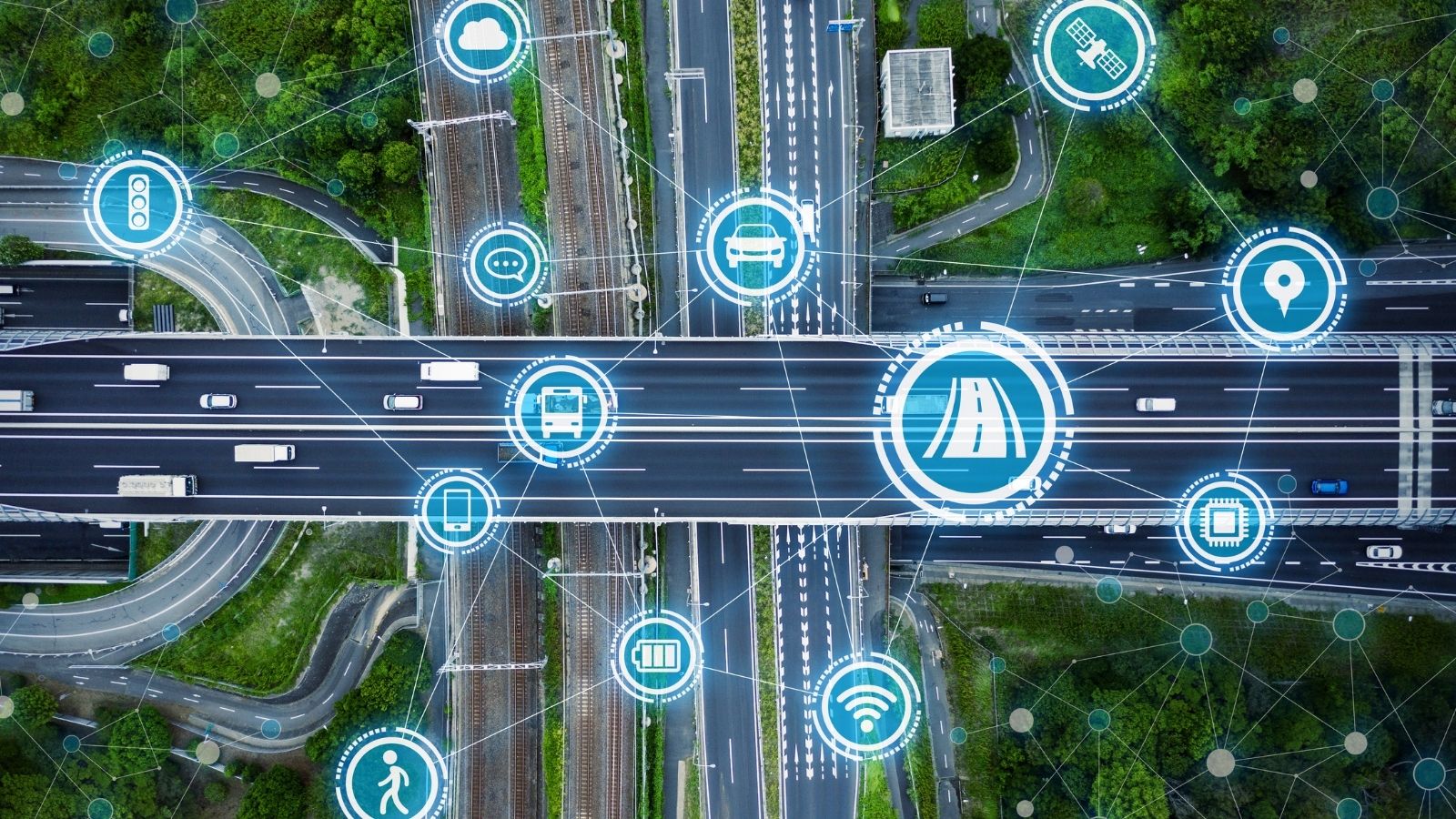
Traffic Sign Recognition (TSR) is a feature that uses cameras to detect and interpret road signs, such as speed limits, stop signs, and no-entry signs. The system displays the recognized signs on the vehicle’s dashboard, reminding the driver of the current road rules. Some advanced systems can also automatically adjust the car’s speed to comply with the detected speed limits. TSR helps drivers stay aware of important traffic regulations, reducing the risk of speeding and other traffic violations, which can lead to accidents.
Rear Cross Traffic Alert

Backing out of a parking space or driveway can be dangerous, especially when visibility is limited. Rear Cross Traffic Alert (RCTA) systems help mitigate this risk by using sensors to detect approaching vehicles from either side as the car reverses. The system alerts the driver with visual and auditory warnings if a vehicle is detected. Sometimes, the car may even apply the brakes to prevent a collision. RCTA is particularly useful in busy parking lots, where other vehicles or pedestrians can suddenly cross the path of a reversing car.
Evasive Steering Assist
 Evasive Steering Assist is a relatively new technology that helps drivers avoid collisions by providing additional steering support during emergency maneuvers. If the system detects an imminent collision and determines that braking alone won’t prevent it, it will assist the driver in steering around the obstacle. This feature is useful when sudden evasive action is required, such as avoiding a stopped vehicle or a pedestrian suddenly stepping onto the road. Evasive Steering Assist can help drivers maintain vehicle control during high-stress situations, potentially preventing serious accidents.
Evasive Steering Assist is a relatively new technology that helps drivers avoid collisions by providing additional steering support during emergency maneuvers. If the system detects an imminent collision and determines that braking alone won’t prevent it, it will assist the driver in steering around the obstacle. This feature is useful when sudden evasive action is required, such as avoiding a stopped vehicle or a pedestrian suddenly stepping onto the road. Evasive Steering Assist can help drivers maintain vehicle control during high-stress situations, potentially preventing serious accidents.
Automatic High-Beam Control
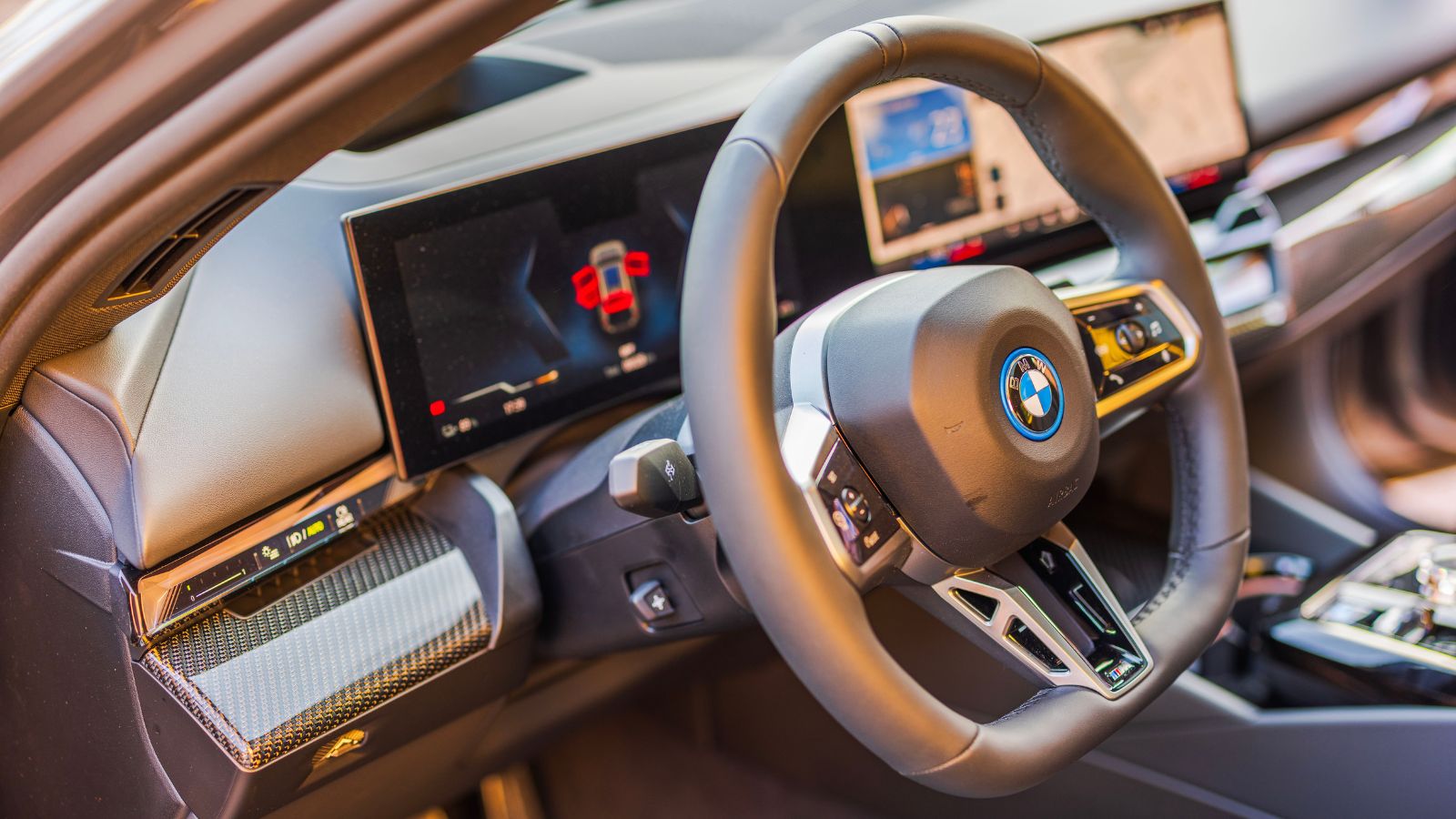
Automatic High-Beam Control is a feature that optimizes headlight use, providing maximum illumination without blinding other drivers. The system uses sensors to identify oncoming traffic and automatically switches between high and low beams to ensure the road ahead is well-lit. This is particularly beneficial on rural roads or poorly lit highways, where visibility is crucial. Automatically adjusting the headlights improves safety and reduces the risk of dazzling other drivers, which can lead to accidents.
Post-Collision Braking
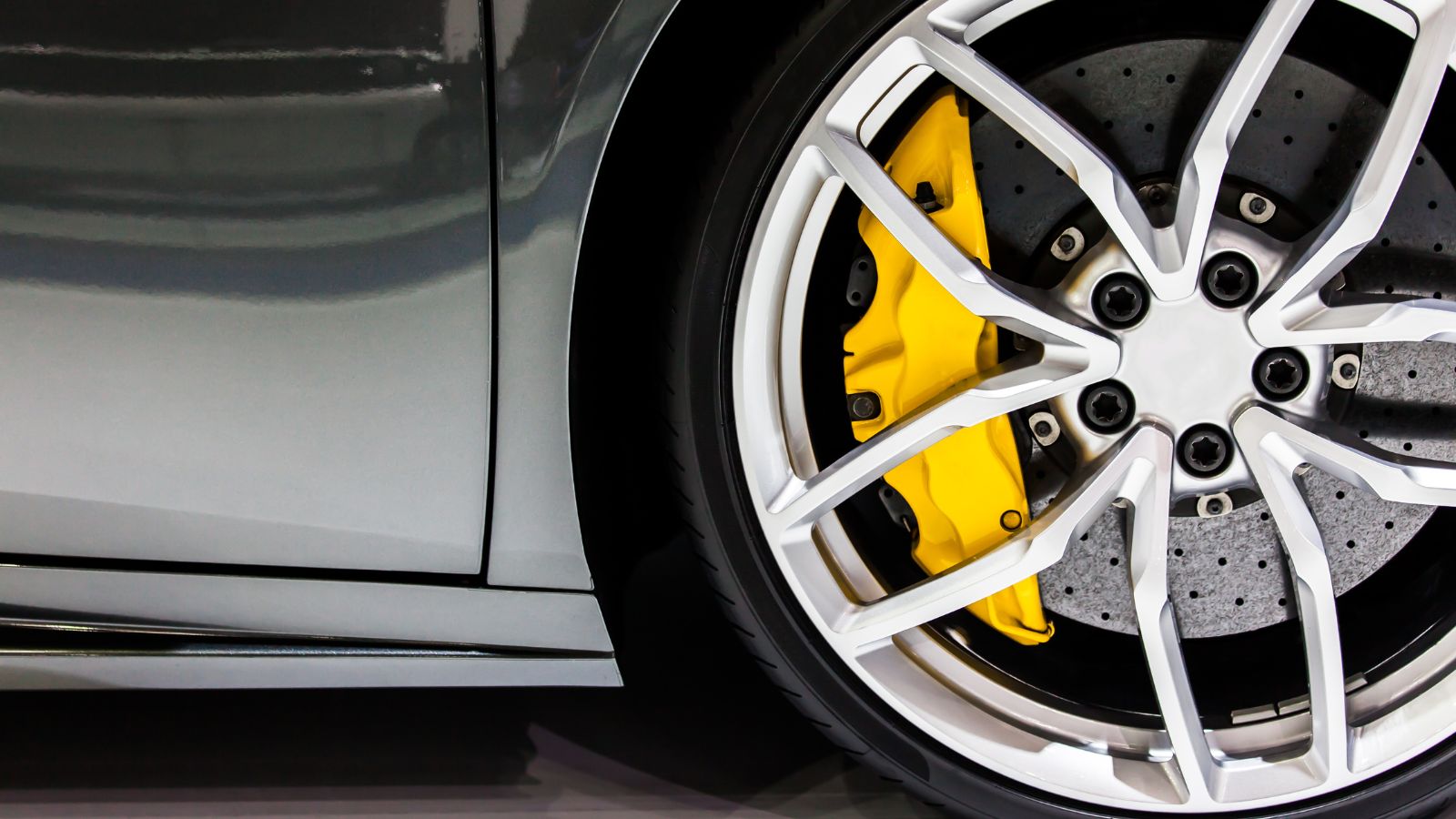
Accidents can often lead to secondary collisions, where a vehicle involved in an initial crash continues moving and hits another vehicle or object. Post-collision braking systems address this issue by automatically applying the brakes after a collision is detected, preventing the vehicle from rolling into traffic or other hazards. This feature minimizes the risk of additional damage and injuries following an accident, providing extra protection for the vehicle’s occupants and others on the road.
Vehicle-to-Everything (V2X) Communication
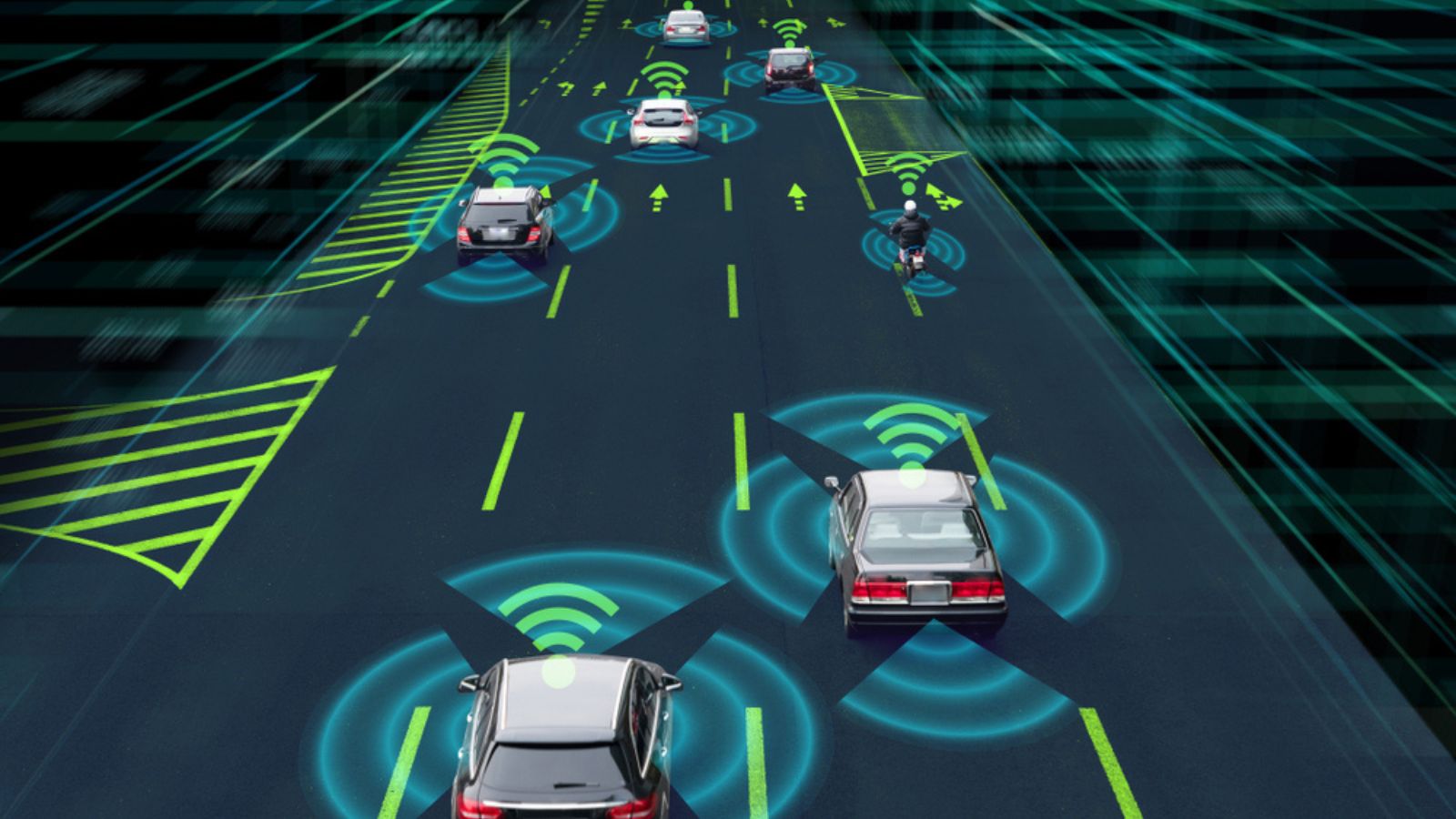
Looking further into the future, Vehicle-to-Everything (V2X) communication is a groundbreaking technology that allows cars to communicate with each other and with infrastructure, pedestrians, and even cyclists. V2X enables vehicles to share real-time information about road conditions, traffic, and potential hazards. For example, if a car ahead detects an icy patch, it can warn nearby vehicles, allowing them to adjust their speed accordingly. V2X communication is a critical component of future smart cities, where cars will work together to prevent accidents, reduce traffic congestion, and improve overall road safety.
11 Cars that are Known for Breaking Down Regularly

No car company wants to deliver a dud. However, even though companies try their best to deliver excellent cars, some cars turn out to be lemons, breaking down frequently. This creates problems for both the consumer and the manufacturer.
11 Cars that are Known for Breaking Down Regularly
